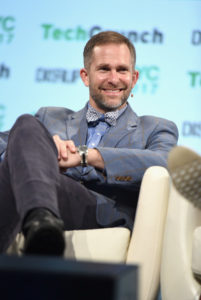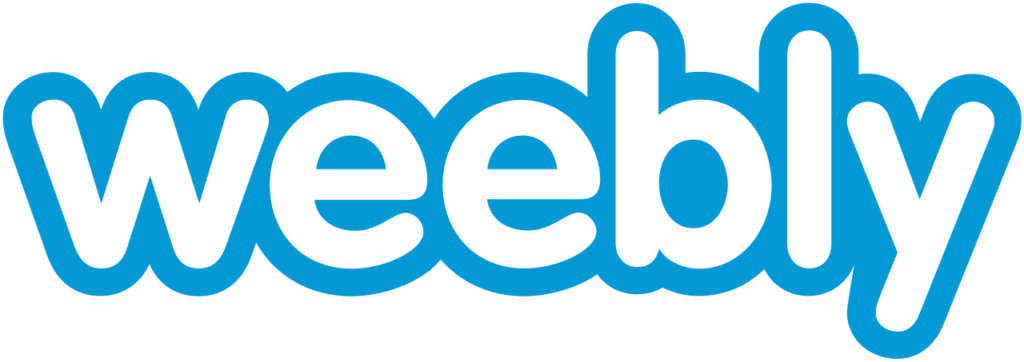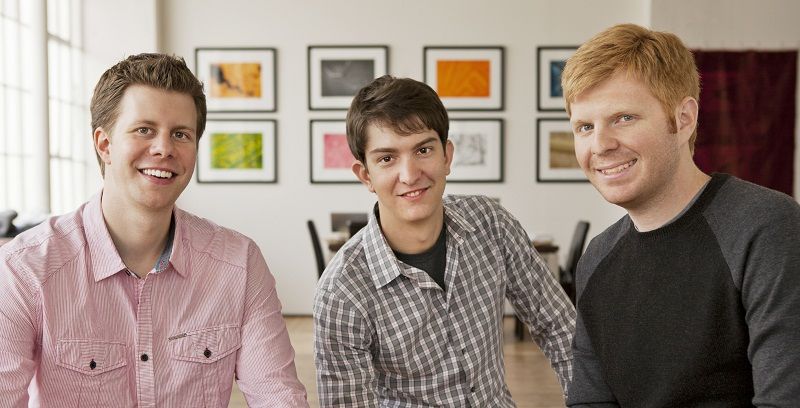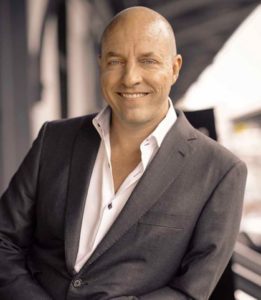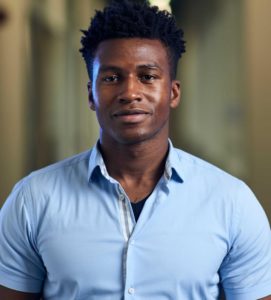TransferWise : A UK based Startup that Made Transfering Money Abroad Cheaper
The people who live in a different country from their home for work would know the pain of paying the extra fee for sending money back to their home. Though with the rise of the internet and new fintech apps, the pain has been reduced to an extent. But, if we go a decade back, and even earlier, there were no such apps or any online platforms. People had to pay an extra fee, and mostly, in the currency which was the expensive one. This problem led two Estonian fellows, Taavet Hinrikus and Kristo Käärmann, to found TransferWise, a fintech platform for transferring money abroad without paying additional hidden fees.
Taavet Hinrikus and Kristo Kaarmann both belonged to Estonia and were working in London. In fact, Taavet Hinrikus was Skype’s first employee. The two had met a party and ultimately, became good friends.
The Problem
In 2008, Kaarmann was rewarded a Christmas bonus of £10,000 ($13,147) by his company, which he wanted to spend in something big. The only problem he faced was that he was paid in pounds, but he had a mortgage back in Estonia, that he had to pay in Euros. He used to regularly send money to his Estonian bank account. The transfer usually used to take 4-5 working days to complete, and the bank would charge a specific fee.
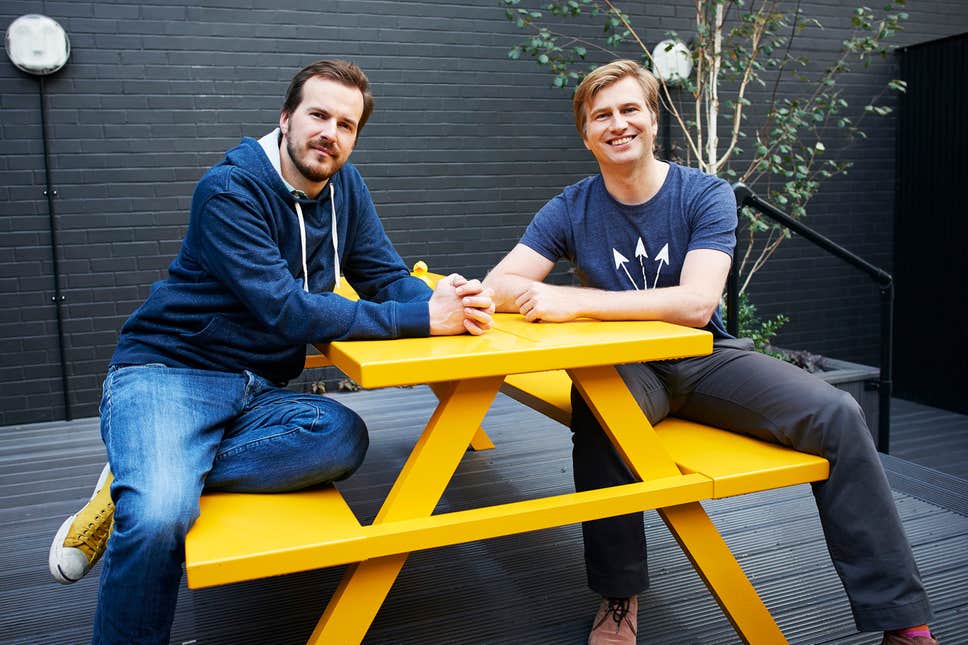
In general days, he had never sent such a big amount to his Estonian bank account. So the fee charged did not feel much for him. But when he had to send the earned bonus to that bank account, it shook him hard. Before sending the money, he looked at the exchange rates on Bloomberg and Reuters, that came out to be a £15 fee. But after he sent the money, he checked the balance and found out that the bank had charged him a £500. Here he realised that the banks were charging an extra fee other than the exchange rate and that too, in pounds.
The Solution
Kaarmann discussed the matter with Hinrikus, who was also suffering from the same problem. Living in London, Hinrikus had to pay bills in pounds, but his salary came in Euro. This led the two think of saving the exchange fee by transferring money to each other. The two built a private exchange system, in which, Kaarmann transferred Hinrikus money in pounds, whereas the latter sent money to Kaarmann in Euro and for free of cost.
For a few months, they followed the same method, and then they talked about the transfer system to some of their colleagues and friends, too. This way, they formed a small group for sending and receiving money without spending extra cash on exchange fees.
Launching TransferWise
Finally, in 2011, the two decided to launch a whole system for people, through which they could send and receive money across the border, without having to spend extra on exchange fee. They introduced the new online money transfer system, TransferWise, on TechCrunch through a simple blog post, and in no time, they started receiving emails regarding it.
In 2012, the platform got the approval from the UK financial regulator, and in the first year of its inception, it carried out transactions of worth €10 million. Though TransferWise was hitting off good, it was not able to reach more people. The investors were sceptical about the idea. But one person who was also the owner of a startup believed in the idea. It was PayPal co-founder Peter Thiel. In 2013, Thiel led the Series A round funding for the company and raised over a $1.3 million.
In 2016, it was found out that TransferWise on an average was 83% cheaper than the bank transfers. Till now, the company has raised a $400 million in all rounds of funding collectively. According to TransferWise, it carries out over $1 billion transactions every month and has saved around a billion pounds of its customers on the transfers.
Today the company has got offices in London, Singapore, Tallinn, and New York, etc. In 2017, the company also launched borderless accounts for its users and also a multicurrency master card to handle borderless transactions. TransferWise offers a peer-to-peer money transfer for more than 175 different currencies.
Becoming the Unicorn
In May 2019, the company had another round of funding and raised $292 million. With the fundraiser, the company reached a total valuation of $3.5 billion. TransferWise got the investments from some of the reputed investors in the world, including Peter Thiel, Richard Branson, and Andreessen Horowitz. Other than that the capital ventures that invested in the company, include Global Investors, IVP, Sapphire Ventures, Japanese Mitsui & Co, and World Innovation Lab.
TransferWise has received several accolades to its names. The Guardian named it as one of “East London’s 20 hottest tech startups”. It also got named as Wired UK Start-Up of the Week. The company was at number 12 in Startups.co.uk’s list of the top 100 UK start-ups of 2012. TechCrunch also named TransferWise as one of five “start-ups to watch” at Seedcamp’s 2012 US Demo Day. In August 2015, the company was named a World Economic Forum Tech Pioneer.

Yashica is a Software Engineer turned Content Writer, who loves to write on social causes and expertise in writing technical stuff. She loves to watch movies and explore new places. She believes that you need to live once before you die. So experimenting with her life and career choices, she is trying to live her life to the fullest.


